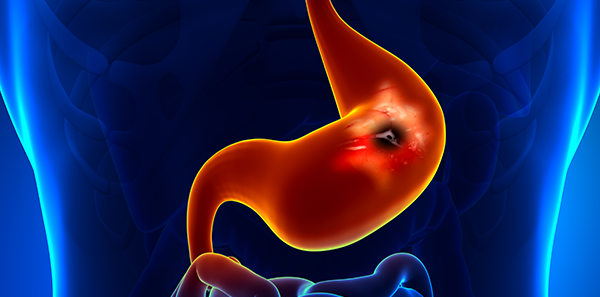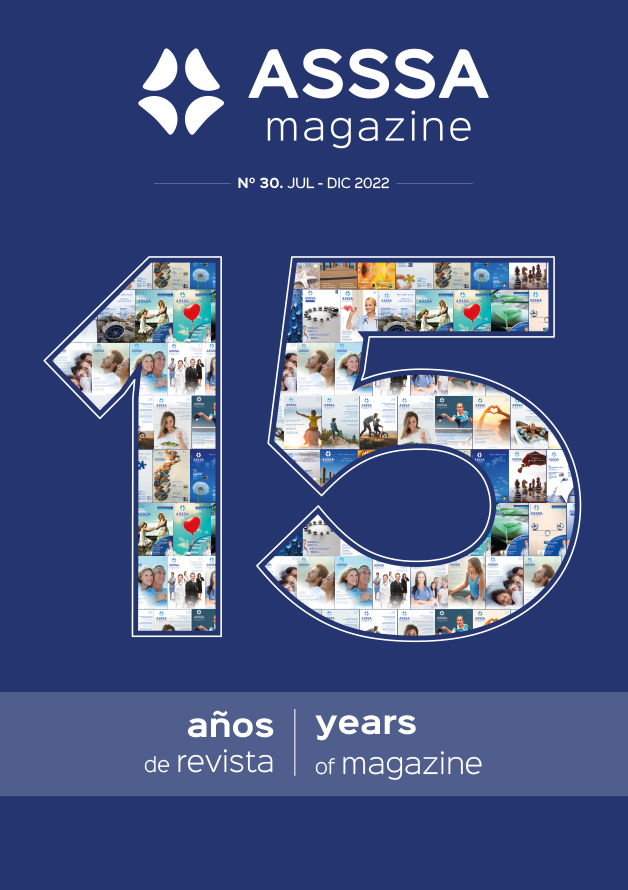
The prostate is a gland located between the bladder (urine deposit) and the urethra (tube for urination), which it surrounds. As the prostate grows, the urethra becomes increasingly narrow, in other words, it suffers obstruction. This is not solely dependent on the size of the prostate but also relates to the way in which it grows.
Prostate-related symptoms appear as of the age of fifty, coinciding with the physiological growth of the prostate, although these may arise at earlier ages.Two types of symptoms are grouped under the name of lower urinary tract symptoms: obstructive (related with emptying of the track) and irritative (related to the filling of the track).
The emptying of the bladder depends on urethral pressure, whose mission is to prevent urine losses and the force of the contraction of the bladder muscle, which must overcome the pressure of the urethra (urethral closure pressure).
During the initial phases of the “prostate disease,” it is possible that no symptoms are evident since the bladder muscle develops and when increasing in strength, compensates for the urethral obstruction. If obstruction increases, the bladder must increase its contraction force to overcome the obstruction, but at the Price of some symptoms known as irritative.
Irritative symptoms arise because as the bladder muscle grows in thickness, its capacity diminishes and one must urinate more frequently. Pain may appear in the lower part of the abdomen due to the overexertion of the bladder’s muscle fibers. This exaggerated development of the bladder muscle makes if contract prematurely when it fills, thus giving the sensation that the urge to urinate is more frequents and that one urinates more times per day; this also occurs at night. There is also the sensation of urgency to urinate (urinary incontinence) and that one cannot make it to the bathroom in time.
After this initial accommodation phase, the second phase of bladder exhaustion appears, where obstructive symptoms arise: difficulty at the start of urination, decrease in the force of the stream while urinating, prolonged or arduous urination, dribbling upon termination of urination. In severe cases of obstruction in which the bladder may not be emptied, urinary incontinence (overflow incontinence) may result since urine which does not fit in the bladder escapes.
The progression of these urinary alterations, if uncorrected, may lead to a series of complications which may endanger one’s health, and ultimately, even one’s life.
All of these symptoms are conditioning factors of a decreased quality of life since they reduce one’s autonomy, given the frequent need to urinate, interrupt sleep as the need to urinate several times at night results in insomnia, and involuntary losses of urine cause the sensation of insecurity and persistent pain int he lower part of the abdomen, which extends to the urethra when urinating.
Dr. D. Luis Pérez Llorca-UrologistDr. D. Luis Pérez Llorca-Urologist
The information published in this media neither substitutes nor complements in any way the direct supervision of a doctor, his diagnosis or the treatment that he may prescribe. It should also not be used for self-diagnosis.
The exclusive responsibility for the use of this service lies with the reader.
ASSSA advises you to always consult your doctor about any issue concerning your health.











